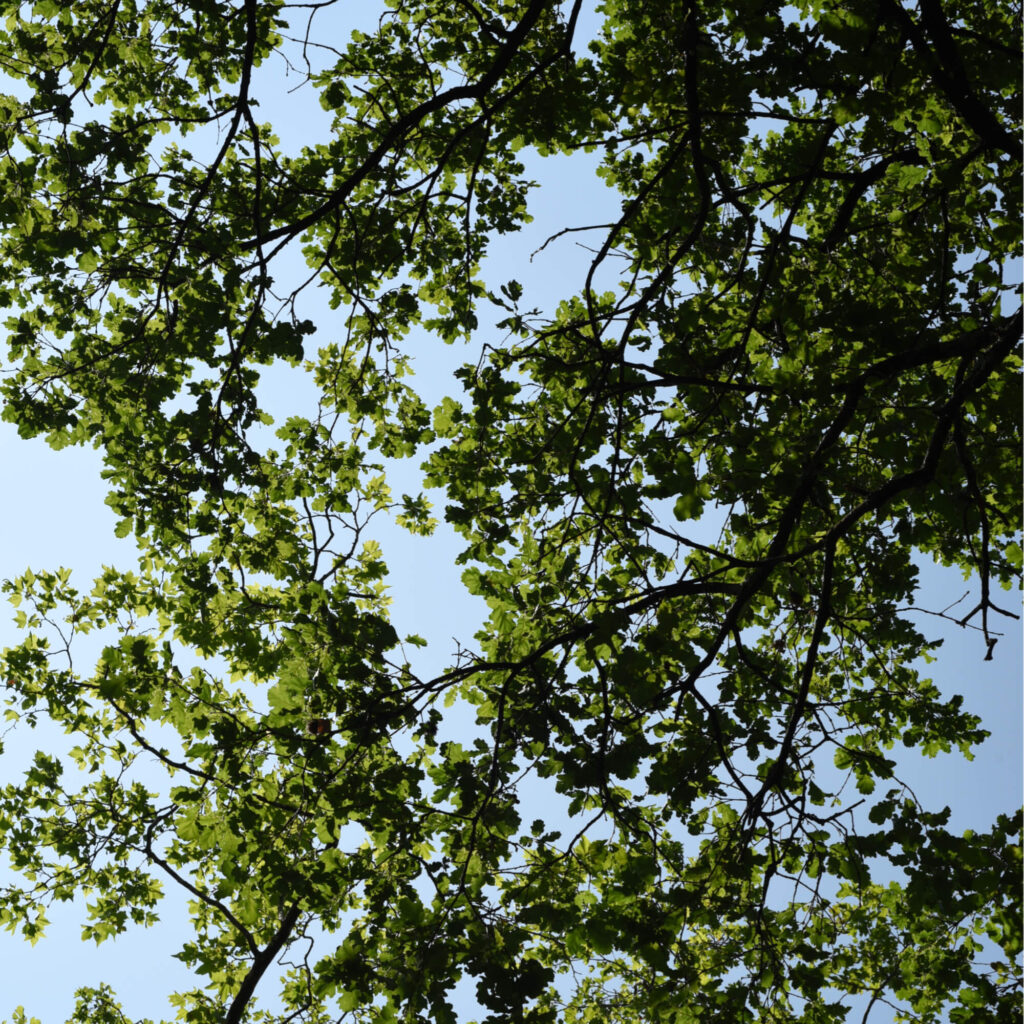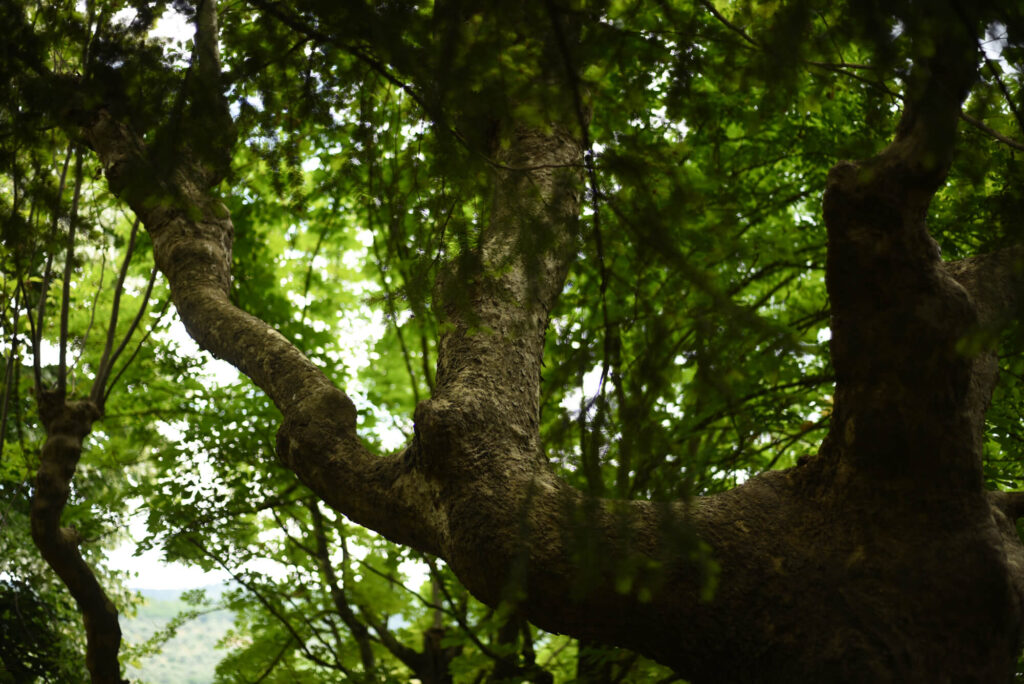The
Nature
Species of trees present, in order of frequency:
Italian names
Leccio
Orniello
Cerro
Platano
Arancio
Mandorlo
Cipresso
Ciliegio
Melo
Roverella
Ippocastano
Bosso
Limone
Pino nero
Cedro dell’Himalaia
Carpino nero
Prugno
Douglasia
Pero
Abete bianco
Carpino bianco
Tiglio
Acero campestre
Calocedro
Bagolaro
Mandorlo
Pesco
Acero di monte
Cedro dell’Atlante
Azzaruolo
Noce nero
Noce
Abete rosso
Pioppo nero
Tasso
Latin names
Quercus ilex
Fraxinus ornus
Quercus cerris
Platanus occidentalis
Citrus sinensis
Prunus armeniaca
Cupressus sempervirens
Prunus avium
Malus sp.
Quercus pubescens
Aesculus hippocastanum
Buxus sp.
Citrus limon
Pinus nigra
Cedrus deodara
Ostrya carpinifolia
Prunus sp.
Pseudotsuga menziesi
Pyrus sp.
Abies alba
Carpinus betulus
Tilia sp.
Acer campestre
Calocedrus decurrens
Celtis australis
Prunus dulcis
Prunus persica
Acer platanoides
Cedrus atlantica
Crataegus azarolus
Juglans nigra
Juglans regia
Picea abies
Populus nigra
Taxus baccata
Vegetation Villa Celle
The Villa celle park is endowed with a varied vegetation that can be defined with three structural types: woodland, hedges and shrubs, and lawns. In addition to these semi-natural types, there are the trees scattered or in rows along paths and alleys that innervate the property, or isolated in the open spaces. The value of this vegetation is immediately perceived and is mostly attributable to the quantity of old trees present, plus the specific variety.
The point survey of the trees shows that 234 trees have a stem diameter of more than 50 cm at 1.3 metres from the ground, and 28 more than 80 cm.
The maximum height reaches 35 metres and belongs to a plane tree (Platanus occidentalis) and a turkey oak (Quercus cerris). There are almost 200 trees taller than 20 metres.

The great variety of species in the wooded areas is due to the origin of the vegetation, which was mostly planted when the park was renovated in the mid-19th century. The dominant species, however, is the holm oak, which is spontaneous (indigenous) in the woods and thickets of the Tuscan hills. Species such as pines, firs, cedars, Douglas firs, etc. are allochthonous species, i.e. they do not belong to the local flora and do not tend to form woods and thickets spontaneously; they need man to propagate them.
The shrub undergrowth is also lush, with laurel, freckle and box predominating.

The farm
Celle is a workshop where artistic creativity is measured daily against nature, where poems are read in the greenhouses and works of art take eternal root in the fields.
The Fattoria di Celle works in harmony with the land and its inhabitants (trees, flowers, wolves, deer, hares, chickens, birds, wild ducks). Since 2019 it has undertaken the definitive conversion to organic farming.
Book now
We will be thrilled to share the beauty and history of the Gori Collection with you. If you are passionate about art, culture and the environment, we invite you to visit us and immerse yourself in a unique experience. Thank you for your interest and we look forward to seeing you soon!










